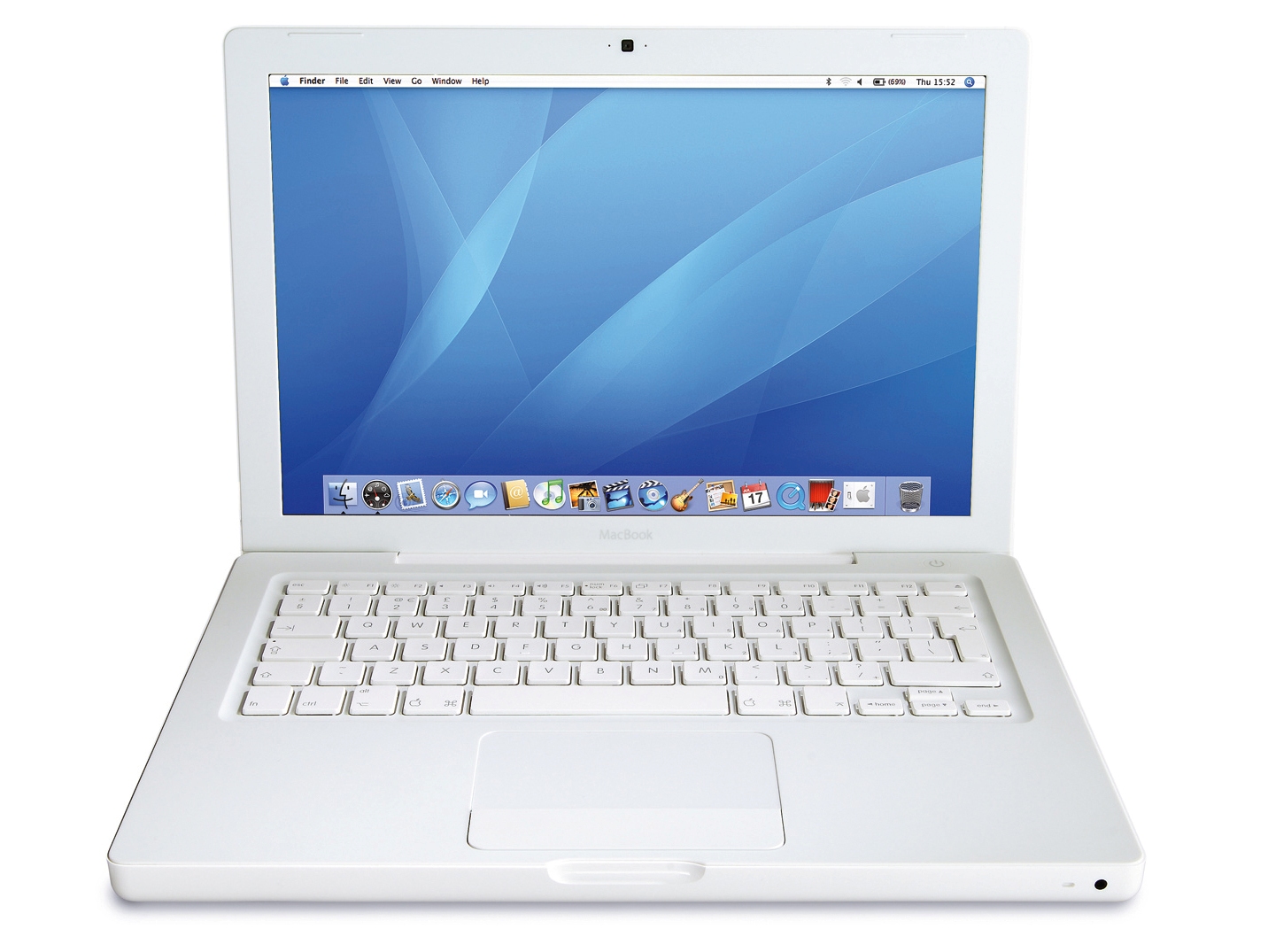TechRadar Verdict
Good, certainly. But if you already own a Core Duo MacBook, there's little reason to upgrade
Pros
- +
Bright and Glossy Display
1GB RAM as Standard
Intel Core 2 Duo Architecture
Apple Remote
Mac OS X, iLife '06
Cons
- -
Still Has an Insensitive Trackpad Button
Why you can trust TechRadar
Apple did amazingly well with its laptop sales last year, and much of that success was down to this little beauty. The MacBook is Apple's excellent consumer laptop and it's just seen its first upgrade. There are three types to choose from. You can customise them slightly when you buy, but all come with quality mobile technologies as standard.
Each has wireless connectivity including Bluetooth, a built-in iSight webcam, an elegant two- finger scroll pad and ports for hooking up FireWire and USB peripheral devices. Battery life averages over three hours under heavy use and each one comes with an Apple Remote for flipping through Apple's Front Row media centre.
The entry-level MacBook is the white 1.83GHz Core 2 Duo machine (£749). It has a 60GB hard drive, a Combo drive for playing and burning CDs and playing DVDs, 512MB RAM and 2MB L2 cache. Next up is the white 2.0GHz machine (£879).
It's a tangibly faster machine with double the RAM, 4MB L2 cache, a bigger 80GB drive, a 6x SuperDrive for burning and playing CDs and DVDs, plus its RAM allocation has been raised to 1GB. These SuperDrives are now double- layer drives, so they can burn information to two layers of one double-layer blank disc, thereby doubling the amount of storage.
This 2.0GHz chip is also available in a third MacBook; the 'cool' black one (£999). This MacBook is identical to the white 2.0GHz MacBook, except the hard drive is bigger - 120GB, it's got a matt black finish and costs £120 more. We weren't keen on the black finish in the first batch of MacBooks, and we still don't like it. It picks up palm and thumb prints really easily and we're always cleaning it.
Core blimey!
The biggest change across the line - except for the larger hard drives - is the move to Intel Core 2 Duo chips. These are architecturally identical to the Core 2 Duos powering Apple's desktop line and the other Mac laptop, the MacBook Pro. That said, the chips run slower in laptops as they have less electricity channelled into them.
Some readers have asked us why the incoming chips have the same clock speed as the chips they replace. Well, without slipping off into the abyss and talking about FSB bandwidth and GPU bottlenecks, the flatter, wider Core 2 Duo chip works better with the motherboard, particularly when rendering. Also, the Intel Core 2 Duo chips are fully 64-bit, as is Leopard - Apple's next OS due to be launched early in 2007. So when Leopard arrives, these MacBooks will be ready with hardware to exploit the new OS to the full.
Sign up for breaking news, reviews, opinion, top tech deals, and more.
Performance-wise, we've noticed a few interesting changes. The MacBook on our desk is the white 2.0GHz Intel Core 2 Duo. Side by side with its Core Duo predecessor, you can feel a tangible speed bump in design applications. Rambling through iLife apps is much the same, but when it comes to number-crunching, like when you import a CD to iTunes or output a PDF in Pages, you can feel the speed of the Intel Core 2 Duo kicking in.
The graphics specs and display have remained unchanged. The card is an Intel GMA 950 with 64MB shared RAM and its canvas is still the ultra-bright 1,280x800 glossy display on all MacBooks. As a gaming platform the MacBook isn't really a serious machine, but for working with images in Photoshop and other creative apps, it's very capable. People who rely on animation, gaming or professional graphics work will need a MacBook Pro, with its professional ATI card and 128MB of dedicated RAM.
If you already own a Core Duo MacBook, there's little reason to upgrade. It will be interesting to see whether the 64-bit prowess of Leopard makes an upgrade more compelling. For iBook owners or new switchers, a good laptop has got better and the price has even dropped slightly. We can't complain about that.
Tech.co.uk was the former name of TechRadar.com. Its staff were at the forefront of the digital publishing revolution, and spearheaded the move to bring consumer technology journalism to its natural home – online. Many of the current TechRadar staff started life a Tech.co.uk staff writer, covering everything from the emerging smartphone market to the evolving market of personal computers. Think of it as the building blocks of the TechRadar you love today.
